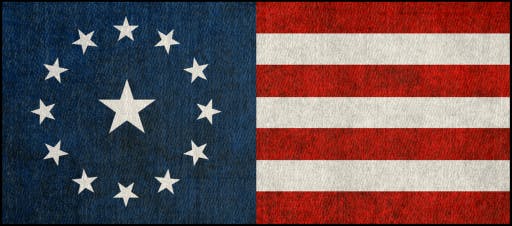Finding the Shards #10
Griesbach's own solution to the problem was to leave Matthew in place as the first gospel, but switch the order of Mark and Luke, arguing that Mark was an epitome and the last to be written. Others wondered whether it was necessary to switch the order of Mark and Luke, but most agreed that Matthew was first. It seemed right because Mark and Luke had not been "apostles," and Matthew's gospel, after all, was the first gospel in the New Testament, wasn't it? Arguments such as these came to a halt in the 1830s, when, in a flurry of activity, scholars tackled the synoptic problem with renewed determination. By then it was common scholarly knowledge that the three gospels shared a significant amount of narrative material, but that Matthew and Luke each contained much material that Mark did not have. Karl Lachmann's (1835) contribution to the solution of this problem was the observation that Matthew and Luke agreed in the order of material in their gospels only when they followed Mark. When they did not follow Mark, Matthew and Luke frequently went separate ways even when presenting non-Markan material they both shared. Lachmann also noted that the material in Matthew that was not contained in Mark consisted primarily of the sayings of Jesus, a type of material not characteristic of Mark's gospel. Christian Wilke (1838) drew the obvious conclusion and argued for the "priority of Mark," that Mark must have been the earliest of the three gospels and that it was the Markan account upon which both Matthew and Luke were dependent. Putting all the pieces together, Christian Weisse (1838) proposed the "two-document hypothesis," namely that Matthew and Luke composed their gospels independently, mainly by combining two written sources. One was the Gospel of Mark, the other a source that must have contained the sayings of Jesus. Q had been espied.




